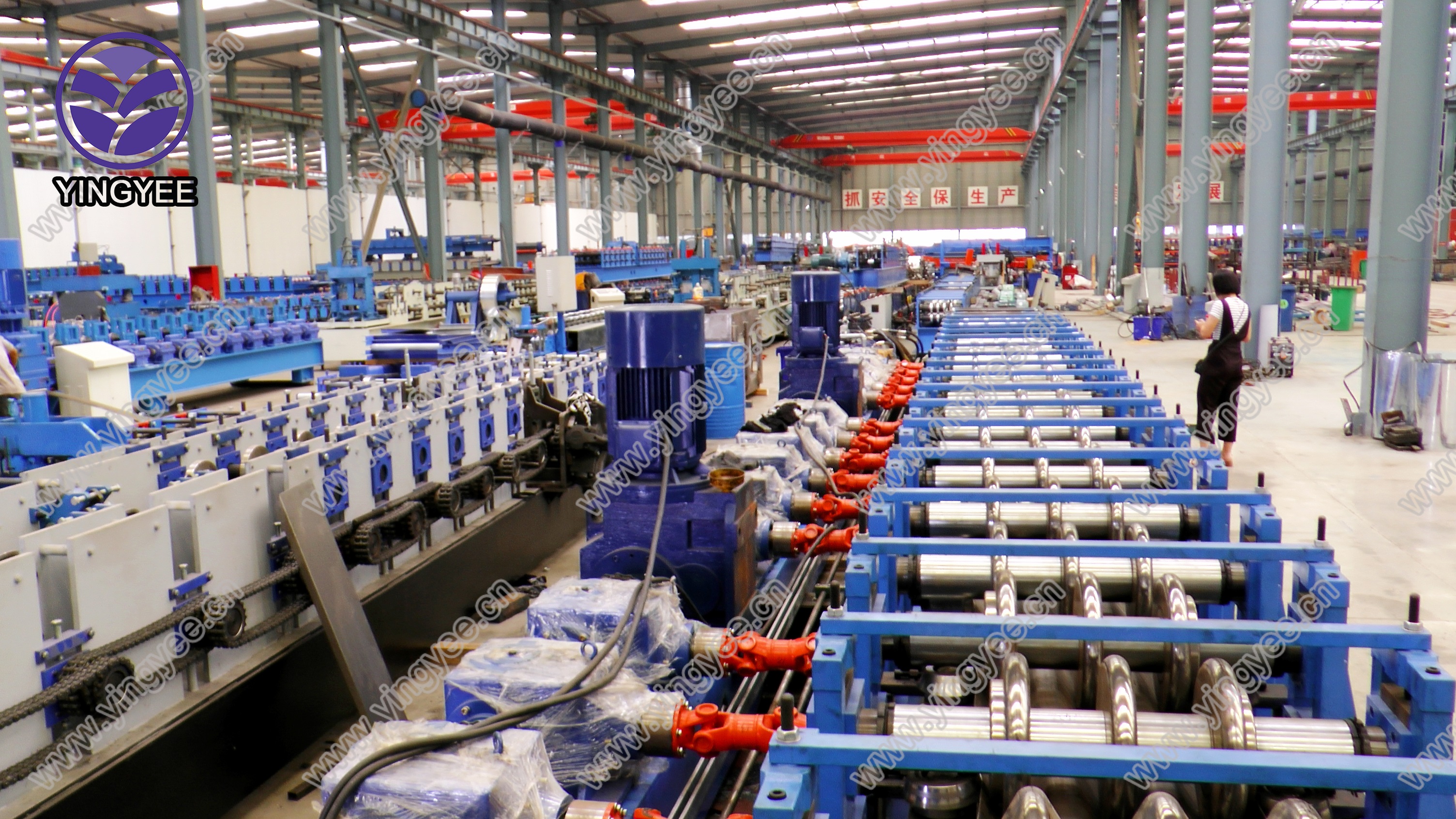
Stud and Track Roll Forming Machine An Overview
In the construction and manufacturing industries, the efficiency and precision of component production are of paramount importance. Among the myriad of tools and machinery designed for this purpose, the stud and track roll forming machine stands out as a vital asset. This article delves into the functionality, benefits, and applications of stud and track roll forming machines, which are indispensable in creating components for steel framing systems.
Understanding the Basics
A stud and track roll forming machine is engineered to manufacture steel studs and tracks that are essential for constructing drywall panels and other framing systems. These components are typically made from cold-formed steel and are used widely in both residential and commercial construction. The roll forming process involves feeding a continuous sheet of metal through a series of rollers that shape it into the desired profile.
The machine operates by utilizing a series of designed rollers that gradually bend the metal strip into the required shape, producing high-volume, uniform products with minimal waste. The process is highly efficient and can be automated, allowing for continuous production without compromising on quality.
Key Advantages
1. Precision and Consistency One of the most significant advantages of using a stud and track roll forming machine is the precision it offers. Each stud and track produced is uniform in size and shape, ensuring that they fit perfectly into construction projects. This consistency is crucial for maintaining the structural integrity of buildings.
2. Cost-Effective Production When comparing traditional manufacturing methods to roll forming, the latter proves to be more economical in mass production. The reduced labor costs and minimal waste generated in the process contribute to lower overall production costs.
3. Versatility These machines are not only capable of producing multiple profiles but can also be easily adjusted to accommodate various material thicknesses and grades. This versatility allows manufacturers to cater to diverse project requirements without investing in multiple machines.

4. Speed The roll forming process is considerably faster than alternative methodologies such as punching or cutting. This rapid production capability means that construction timelines can be significantly shortened, providing a competitive edge in the market.
Applications
Stud and track roll forming machines are predominantly used in the construction industry for the production of interior and exterior frameworks. Their primary applications include
- Studs and Tracks Essential components in constructing non-load-bearing walls, these elements provide support for drywall and are essential in maintaining building standards. - Ceiling Framework The machines are utilized to produce components for ceiling grids, which are crucial in both aesthetic and functional applications in commercial buildings and residential spaces.
- Partition Walls Roll-formed studs create the framework for partition walls, allowing spaces to be divided effectively without the need for heavy materials.
- Infrastructure Projects Beyond standard construction, these machines are also employed in manufacturing components for various infrastructure projects, enhancing the efficiency of public and private developments.
Conclusion
In summary, the stud and track roll forming machine plays a pivotal role in modern construction and manufacturing. With its capacity for high precision, cost-effectiveness, versatility, and speed, it is an invaluable tool for producing essential components that meet the demands of today’s construction projects. As construction practices continue to evolve, the roll forming machine is likely to remain an integral part of the manufacturing landscape, driving innovation and efficiency in the industry. For manufacturers and builders alike, investing in this technology not only improves productivity but also enhances the quality and reliability of construction materials.